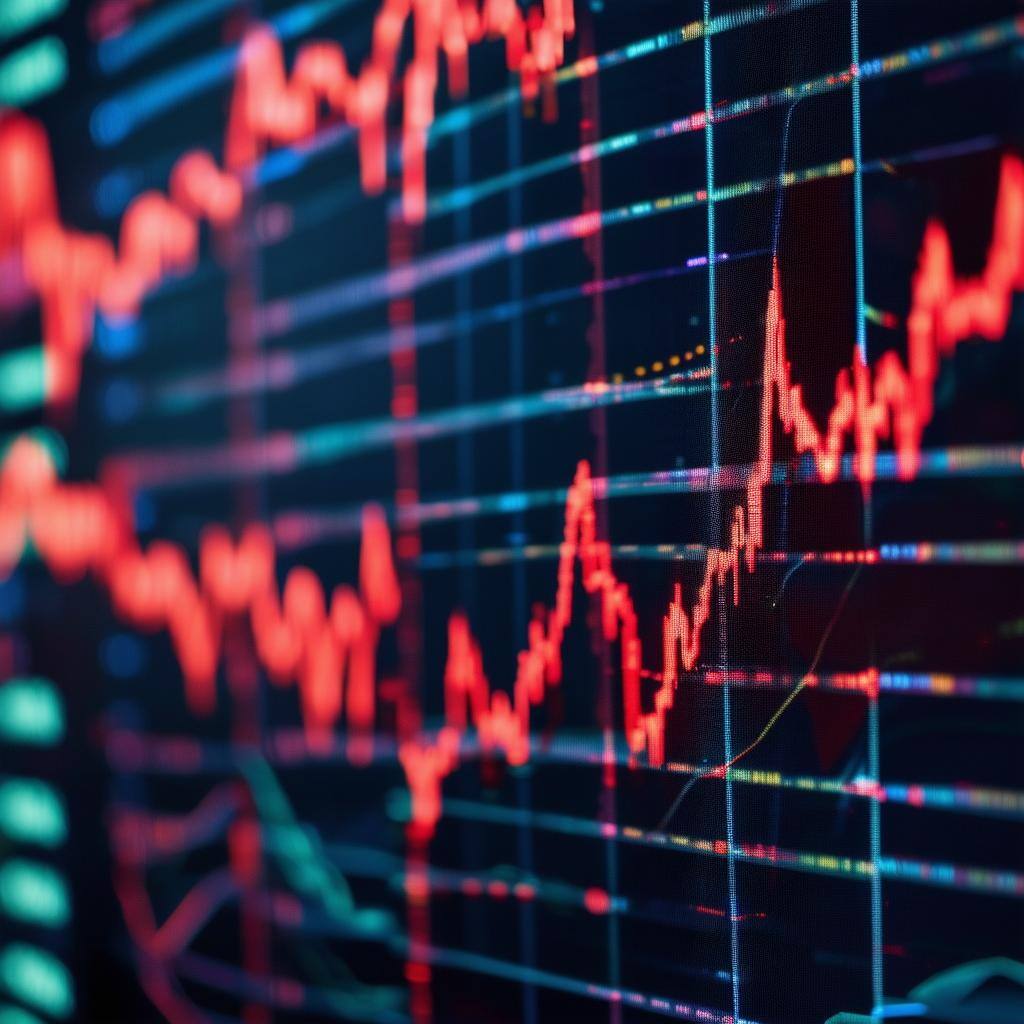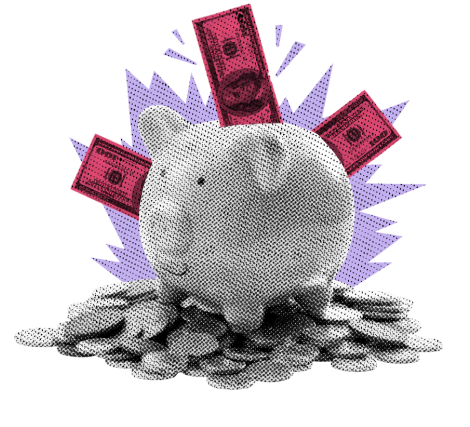
Will Trump 2.0 policies fuel market volatility? Here’s how understanding risk and reward can prepare your portfolio for big potential gains.
What goes down… Ok, so I was going to write about boring inflation this morning as the important Consumer Price Index / CPI was released yesterday. However, it was mostly a non-event as it came in right on economists’ estimates with the same culprits for sticky inflation. Of course I can wax philosophical for many paragraphs on the result, BUT alas you are saved. In my morning prep reading I read SOMEONE ELSE’S market note that warned that the incoming Administration’s policies will increase volatility and thus the potential for bigger swoons in the market, and I thought it important to clarify that analyst’s assessment.
Indeed, a new administration and sitting Congress can inject additional volatility into the market, especially given that some of the proposed policy ideas that have been floated are… um, different. Not different as in “bad,” but just a departure from the norm, and that can be a… “good” thing if it all works out. So now let’s get to the lecture. I think that the best way to start is by plotting a graph. Check it out and read on.

This chart is a histogram and density curve of daily returns of the S&P00 over the past five years. That largest blue bar in the chart is the mode which is the most frequent occurrence of that daily return. What you can’t see on the chart is that the mean, or average daily return over the past 5 years is 0.05%, so 5 basis points. That doesn’t seem like much; however, it is a good sign that it is not negative. You may also notice that the core of the distribution is not wide. We geeks call that a tight distribution and it adds to our confidence that we understand the nature of the returns. In fact, we can calculate the standard deviation to see the range where most of the daily returns have fallen and we expect future returns to be. In a normal distribution, 68.27% of the observations fall within 1 standard deviation from the mean. What that means is that there is a 68% probability that future returns will fall within 1 standard deviation, or 1σ of the mean. In other words, it’s a good chance 😊. Doing the actual math we can come up with a range of -1.34593% and 1.346957%.
So, why did I torture you with all this statistical stuff? Because of what that analyst asserted. You see, a distribution that would be more volatile than in the past would likely look similar to the one above but with a broader distribution, which means a larger standard deviation and ultimately a broader range. If that does occur, indeed the lower bound can be lower, BUT THE HIGHER BOUND WILL BE HIGHER. Go ahead and read that again.
My dear, regular readers, I have told you time and time again that volatility works in both directions. It is your best friend when the market is going up, and your worst enemy when it is going down. Sure, we prefer the former, but in order to get those big returns we need 1) high volatility, or risk, and 2) the willingness to accept the downside risk that comes with it. Now, to be clear I am making some assumptions in my math as this is not technically a normal distribution, and the market does clearly have fat tails which lean to the left. Further, there can be a significant market regime shift that changes the nature of market behavior in the future. Even despite all that, based on everything we know from the past five years, we can, with confidence, say that we expect the future to look similar. Lastly, the risk / reward relationship does not change. We expect higher returns for taking more risk. Will Trump 2.0 add more volatility / risk? Maybe, but that simply means we can expect great potential returns. Have a nice day. 😊
YESTERDAY’S MARKETS
Stocks had a mixed close yesterday as traders cheered as Consumer Price index / CPI landed right on the targets. The core targets, however, reflected a complete stall of disinflation, but you wouldn’t know it if you saw the NASDAQ end the session at all-time highs.

NEXT UP
- Producer Price Index / PPI (November) may have ticked up to 2.6% from 2.4%.
- Initial Jobless Claims (Dec 7) is expected to come in at 220k slightly lower than last week’s 224k claims.
.png)

